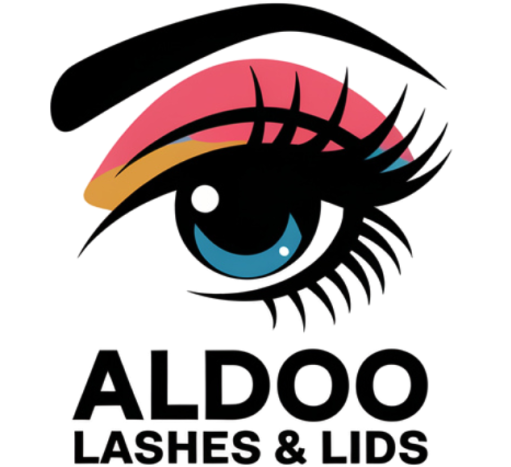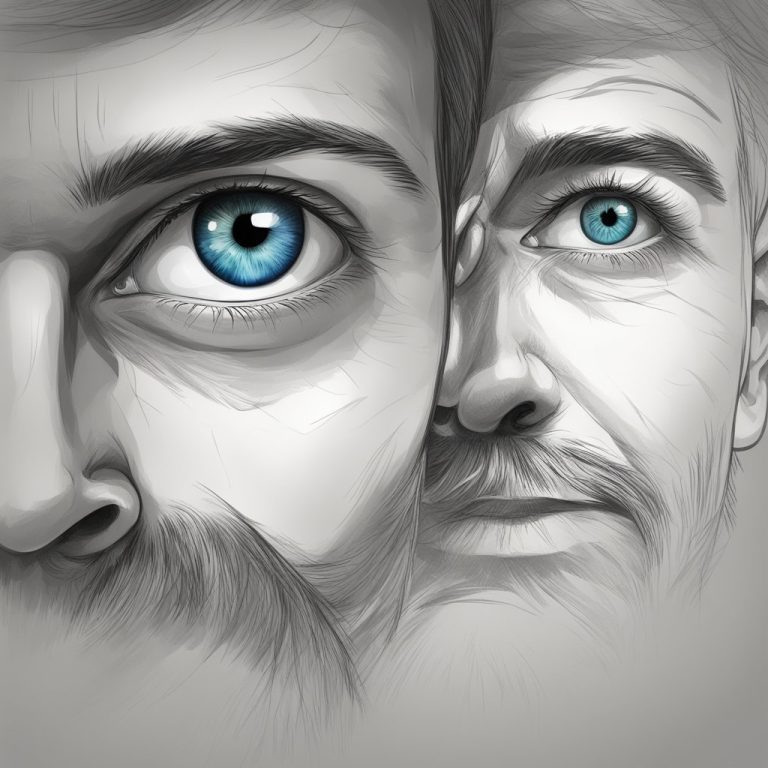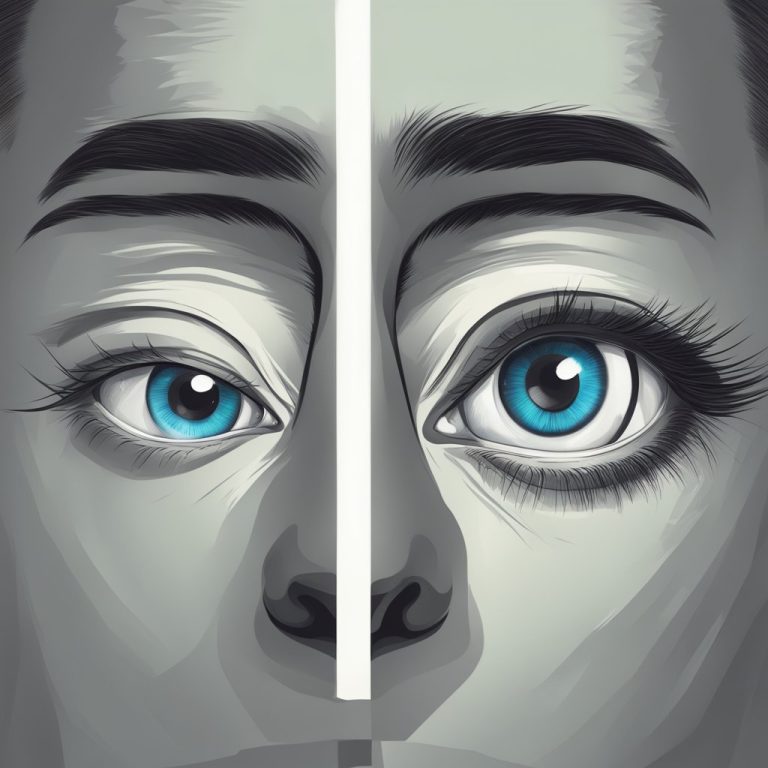What Color Catches the Eye First
What Color Catches the Eye First: A Scientific Explanation

Color Perception and Visibility
When it comes to catching the eye, color plays a significant role.
Humans have the ability to see millions of colors, but not all colors are created equal in terms of visibility.
Certain colors are more likely to catch your attention than others.
Research shows that the color red is the most attention-grabbing color.
In fact, red has been found to increase heart rate and stimulate the brain. This is why red is often used in warning signs, stop signs, and emergency vehicles.
Yellow is another color that catches the eye quickly.
It is often used in caution signs and advertisements because it is associated with happiness and optimism. Yellow is also easier to see from a distance than other colors, making it a popular choice for safety gear.
Green is a color that is often associated with nature and relaxation.
It is also easy on the eyes, making it a popular choice for websites and applications. However, green is not as attention-grabbing as red or yellow.
Blue is a calming color that is often associated with trust and reliability.
It is a popular choice for businesses and financial institutions. However, blue is not as attention-grabbing as red or yellow, which is why it is often used in combination with these colors.
Influence of Color on Attention
Psychology of Color
Colors have a powerful impact on human emotions and behavior.
Certain colors can evoke specific feelings and moods, which can influence how people perceive and interact with the world around them.
For example, warm colors like red and orange can create a sense of excitement and urgency, while cool colors like blue and green can promote relaxation and calmness.
Color and Marketing
Marketers and advertisers have long recognized the influence of color on consumer behavior.
By using specific colors in their branding and advertising, they can create a strong emotional connection with their target audience and influence their purchasing decisions.
According to a study by the Pantone Color Institute, blue is the most universally appealing color and is often associated with trust, security, and reliability.
Red, on the other hand, is often used to create a sense of urgency and excitement.
Yellow is often associated with happiness and optimism, while green is associated with health and nature.
It’s important to note that cultural and personal experiences can also influence how people perceive and respond to different colors.
For example, in Western cultures, white is often associated with purity and innocence, while in some Asian cultures, it is associated with mourning and death.
The Impact of Brightness and Saturation
When it comes to catching the eye, the brightness and saturation of a color can play a significant role.
Bright colors, such as neon or fluorescent shades, are often used in advertising to grab attention and create a sense of urgency.
These colors are highly saturated, meaning they have a high level of pigment and are very intense.
On the other hand, pastel colors, which are less saturated and have a lower level of brightness, are often used in more subtle or calming designs.
These colors can still be eye-catching, but they are less likely to grab your attention in the same way that bright, highly saturated colors do.
When choosing a color to catch the eye, it’s important to consider the context in which it will be used.
For example, if you’re designing a warning sign, you may want to use a bright, highly saturated color like red or orange to create a sense of urgency.
However, if you’re designing a logo for a luxury brand, you may want to use a more subtle, less saturated color like gold or silver to create a sense of sophistication.
It’s also worth noting that the impact of brightness and saturation can vary depending on the individual.
Some people may be more drawn to bright, highly saturated colors, while others may prefer more subtle, less saturated colors.
Additionally, cultural and societal factors can also play a role in color preferences and perceptions.
Comparative Analysis of Eye-Catching Colors
When it comes to catching the eye, certain colors tend to stand out more than others. Let’s take a closer look at the most eye-catching colors and why they are so effective.
Red
Red is a bold and attention-grabbing color that is often used to convey a sense of urgency or importance.
It is also associated with passion, energy, and excitement. In fact, studies have shown that red can increase heart rate and stimulate the senses.
Yellow
Yellow is another highly visible color that is often used to grab attention.
It is associated with happiness, optimism, and warmth. Brands like McDonald’s and Ikea use yellow in their logos to convey a sense of joy and enthusiasm.
Orange
Orange is a bold and energetic color that is often used to create a sense of excitement and enthusiasm.
It is associated with creativity, adventure, and fun. Brands like Nickelodeon and Fanta use orange in their logos to convey a sense of playfulness and excitement.
Green
Green is a calming and soothing color that is often associated with nature and growth.
It is also associated with health, wealth, and prosperity. Brands like Whole Foods and Animal Planet use green in their logos to convey a sense of naturalness and sustainability.
Blue
Blue is a calming and trustworthy color that is often associated with reliability and stability.
It is also associated with intelligence, wisdom, and loyalty. Brands like IBM and Facebook use blue in their logos to convey a sense of professionalism and trust.
Color Hierarchy in Design
When it comes to catching the eye, color is one of the most important elements in design. Different colors can evoke different emotions and convey different meanings. But which color catches the eye first?
Studies have shown that the color red is the most attention-grabbing color.
It has been found to increase heart rate and create a sense of urgency. This is why it is often used in warning signs and calls-to-action.
However, this doesn’t mean that red is always the best color to use in design.
The context and purpose of your design should be taken into consideration when choosing colors.
For example, if you are designing a calming and relaxing space, blue and green tones may be more appropriate.
Another important factor to consider is contrast.
High contrast colors, such as black and white, can also catch the eye and create a sense of visual hierarchy. This is why many websites use black or dark gray text on a white background.
In addition, color harmony is important in creating an aesthetically pleasing design.
Colors that are complementary or analogous can work well together and create a sense of balance. On the other hand, clashing colors can create a jarring effect and detract from the overall design.
Frequently Asked Questions
What is the most effective color for advertisements to capture attention?
The most effective color for advertisements to capture attention is red.
Red is a bright and bold color that can easily grab someone’s attention. It is often used for clearance sales, limited-time offers, and promotions.
Which color combination stands out the most for marketing purposes?
The color combination that stands out the most for marketing purposes is black and yellow.
This combination is often used for warning signs and is known to grab people’s attention quickly.
What is the most appealing color for signage visibility?
The most appealing color for signage visibility is yellow.
Yellow is a bright color that is easily seen from a distance. It is often used for caution and warning signs.
Which colors are most prominent on posters to draw the viewer’s eye?
The colors that are most prominent on posters to draw the viewer’s eye are red, blue, and yellow.
These colors are known as primary colors and are often used in advertising and marketing to grab people’s attention.
What is the optimal color choice for display on mobile screens for readability?
The optimal color choice for display on mobile screens for readability is black text on a white background.
This combination provides the best contrast and is easy on the eyes.
Which color do people tend to notice last when presented with a range of colors?
People tend to notice the color purple last when presented with a range of colors. This is because purple has the shortest wavelength. It is the least visible color to the human eye.






